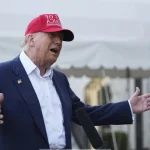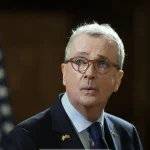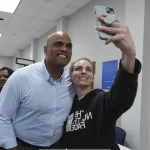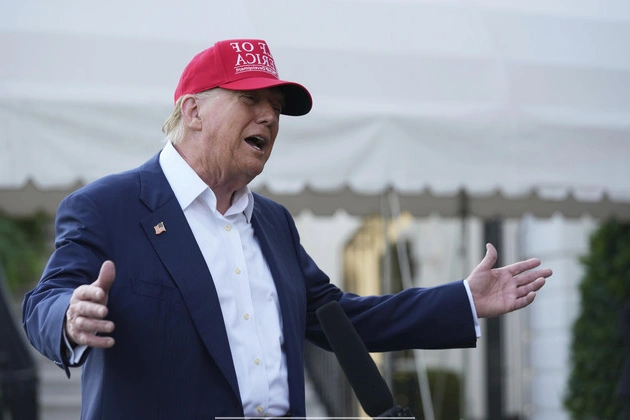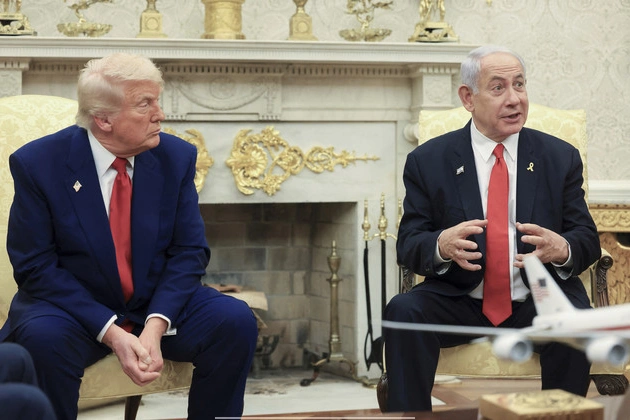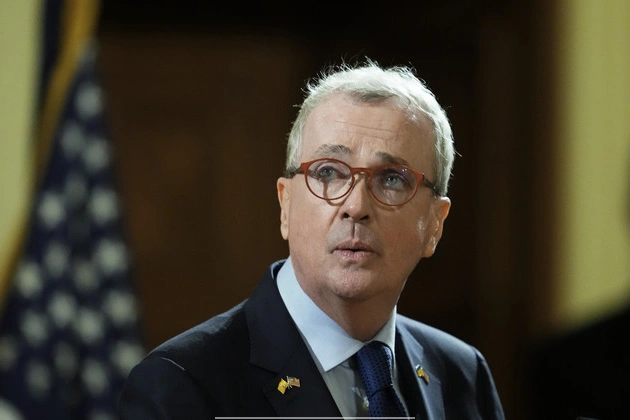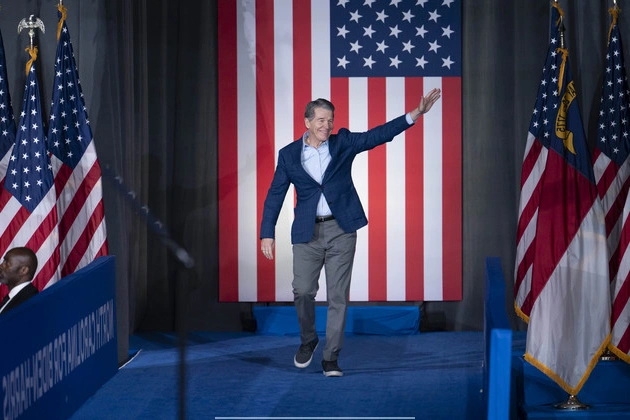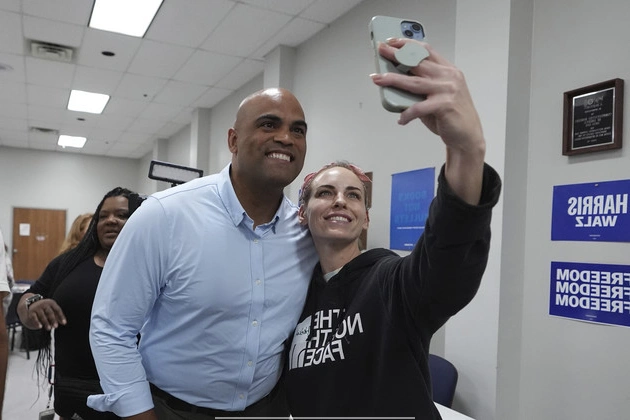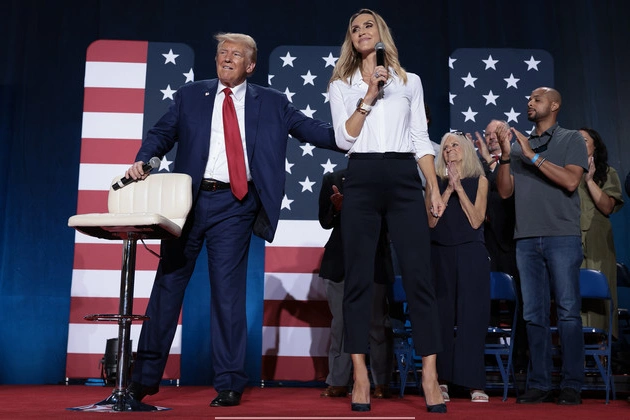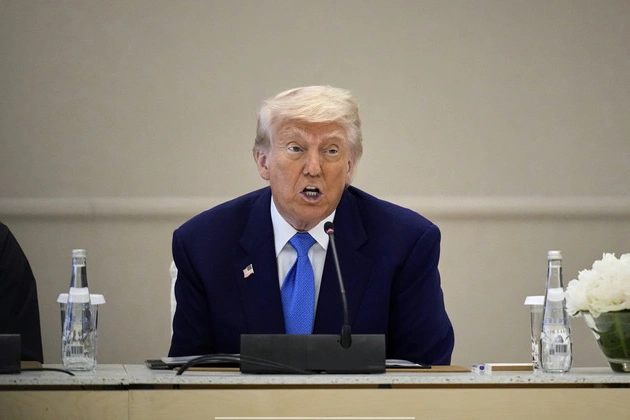
President Donald Trump recently revealed a significant shift in the U.S.’s approach to informing trading partners about new tariff rates. Rather than negotiating deals individually, the administration will now unilaterally set rates and notify countries accordingly.
Unilateral Tariff Strategy
Following the turmoil caused by the April tariff plan and subsequent trade tensions, Trump announced a 90-day pause on implementing new duties for all countries except China. This decision allowed nations to engage in negotiations with the U.S. trade team.
Notification Process
During a business roundtable in the United Arab Emirates, Trump mentioned that Treasury Secretary Scott Bessent and Commerce Secretary Howard Lutnick would send individual letters to trading partners detailing their new business costs in the U.S. This move aims to streamline the process amid overwhelming interest from approximately 150 countries.
Although Trump didn’t specify the recipients of these notifications, he previously imposed reciprocal tariffs on about 60 trading partners, alongside a 10 percent baseline tariff on all imports.
Trade Developments
Trump highlighted the recent trade agreement with the United Kingdom, marking a positive step amidst the tariff challenges. Notably, the U.K. avoided the higher reciprocal tariffs but is subject to the baseline 10 percent tariff and additional sector-specific tariffs.
Furthermore, progress in negotiations with China was emphasized, hinting at a potentially favorable deal in the making. While recent tariff reductions between the U.S. and China eased tensions temporarily, a broader agreement must be reached within 90 days to prevent tariff escalation.
Looking Ahead
As the U.S. recalibrates its tariff strategy and navigates complex trade dynamics, the global economic landscape continues to evolve. Stay informed on the latest developments to understand the implications of these policy shifts.
